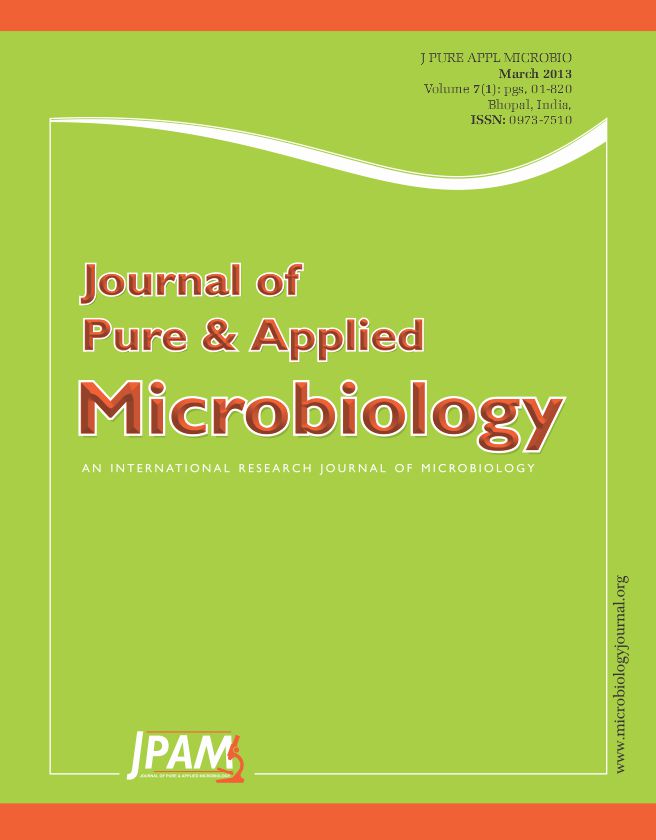In the present study halotolerent indigenous strain of Azospirillum lipoferum N-29 was isolated on modified Congored Nitrogen free agar with 6% NaCl concentration from the hyper saline soils of Kolhapur district of Maharashtra, India. It was identified as by using Bergey’s manual of systematic bacteriology Williams et, al.,(1989). To study its nitrogen fixing ability acetylene reduction assay was performed as per Dobereiner (1997), as well as a pot experiment was carried out on sugarcane 8071 variety, which is cultivated on large scale in western Maharashtra region of India. Nine pots divided in to three sets. Set-1 labelled as control set seeded with sugarcane setts without any treatment. Set-2 seeded with sugar cane setts soaked in Azospirillum lipoferum N-29 in sterile soil. Set-3 seeded with sugar cane setts soaked in Azospirillum lipoferum N-29 one set each pot in normal hyper saline soil. For production of biofertilizers a biomass production experiment was carried using fully automatic bioreactor, using a modified Nitrogen free broth medium at 30°C temperature,pH7.0, 140rpm agitation. Results indicated that Azospirillum lipoferum N-29 strain grows up to 8% NaCl concentration with optimum 4 % NaCl concentration, pH 7.0, temperature 30OC and at 140 rpm. It tolerates about 12% NaCl salt concentration for 1 hour. Nitrogen fixing ability Results indicated that there was maximum nitrogen fixation (22%) observed at 30OC temperature , 4% NaCl salt concentration, at 140 rpm agitation and at pH 7.0. Pot experiment showed that there was 58% increase in height of plant, diameter of stem, number of setts, and number of leaves as compared to control set and 20 % increase in sterile soil with Azospirillum lipoferum N-29, this indicated the combine effect of other microorganisms with that of Azospirillum lipoferum N-29.Biofertilizer production experiment indicated that maximum biomass (4*109 cells ml-l ) can be produced within 48 hours at 30OC and at 140 rpm using modified Nitrogen free broth medium with 20% sucrose.My study indicated the suitability of Azospirillum lipoferum N-29 strain as a candidate for biofertilizer production for saline soils as well as for reclamation of saline soils.
Azospirillum lipoferum N-29, Hypersaline soils, Biofertilizers.Halotolerent,Saline soils
© The Author(s) 2014. Open Access. This article is distributed under the terms of the Creative Commons Attribution 4.0 International License which permits unrestricted use, sharing, distribution, and reproduction in any medium, provided you give appropriate credit to the original author(s) and the source, provide a link to the Creative Commons license, and indicate if changes were made.


